Over 800 Terrestrial Exoplanets Visualized And Arranged According To Their Equilibrium Temperature And
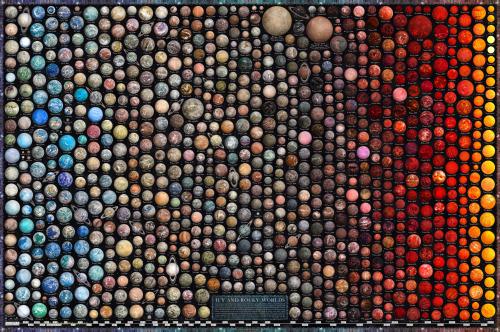
Over 800 terrestrial exoplanets visualized and arranged according to their equilibrium temperature and size.
chart by u/mVargic
More Posts from Ad-astra-affecte-spe and Others

The dancer in Dorado
800 megapixel
Clearest photo of a galaxy you will ever see!

Titan's high-level haze taken by Cassini on October 12, 2010.
Image credit: NASA/JPL/Space Science Institute. Edited by J. Major.
New pics of Io just dropped

More are over here at NASA's Juno probe site.

SPACEMAS DAY 2 ✨🪐🌎☄️☀️🌕
There's a new space telescope in the sky: Euclid. Equipped with two large panoramic cameras, Euclid captures light from the visible all the way to the near-infrared. It took five hours of observing for Euclid's 1.2-meter diameter primary mirror to capture, the 1000+ galaxies in the Perseus cluster which lies 250 million light years away. More than 100,000 galaxies are visible in the background, some as far away as 10 billion light years. Euclid's initial surveys, covering a third of the sky and recording over 2 billion galaxies, will enable a study of how dark matter and dark energy have shaped our universe.
Image Credit: ESA, NASA

The Sun’s corona during a solar-eclipse.

The Seagull Nebula © Gianni Lacroce

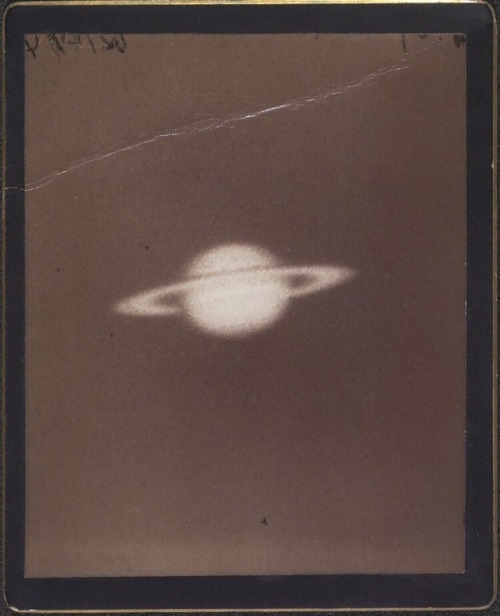

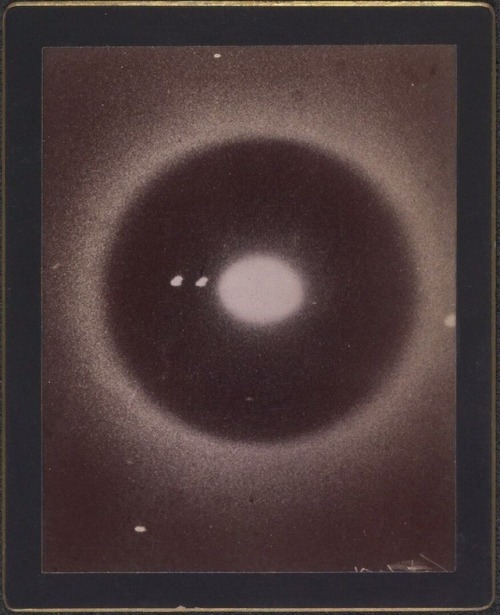
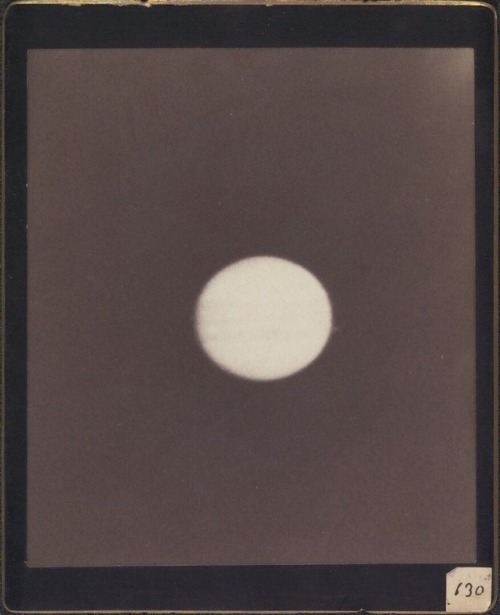
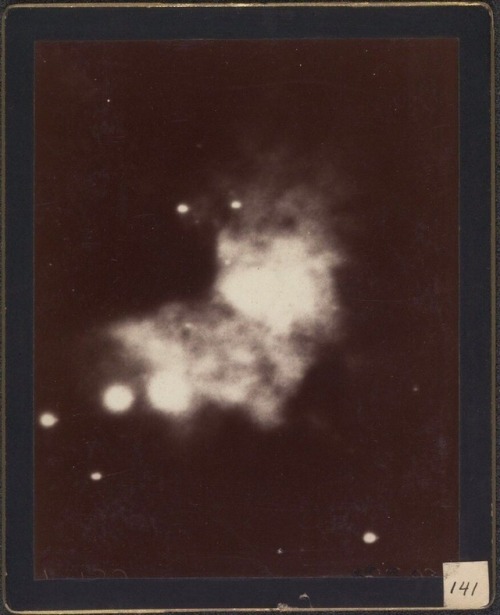
Astronomical photographs, Harvard College Observatory, Cambridge, 1890-1920
[...] while compartmentalization and replication are important, they are aspects of what life is and does, but they do not address the why of life. The why of life is metabolism. By completing the circuit of life, biology harnesses energy from its environment. Technically speaking, this means that biology actually helps the universe cool faster; it increases the entropy of the universe. This is why the universe needs life.
Alien Oceans by Kevin Peter Hand
-
 erinprimette reblogged this · 3 weeks ago
erinprimette reblogged this · 3 weeks ago -
 cloudgathererhera liked this · 1 month ago
cloudgathererhera liked this · 1 month ago -
 sweetweetyss liked this · 1 month ago
sweetweetyss liked this · 1 month ago -
 nullsk reblogged this · 1 month ago
nullsk reblogged this · 1 month ago -
 voidgivnfocus liked this · 1 month ago
voidgivnfocus liked this · 1 month ago -
 4gottenname reblogged this · 1 month ago
4gottenname reblogged this · 1 month ago -
 4gottenname liked this · 1 month ago
4gottenname liked this · 1 month ago -
 jimbob505 reblogged this · 1 month ago
jimbob505 reblogged this · 1 month ago -
 jerek liked this · 1 month ago
jerek liked this · 1 month ago -
 simptasia reblogged this · 1 month ago
simptasia reblogged this · 1 month ago -
 pennypyro reblogged this · 1 month ago
pennypyro reblogged this · 1 month ago -
 kagedtiger liked this · 1 month ago
kagedtiger liked this · 1 month ago -
 feel-alright-for-ten-minutes liked this · 1 month ago
feel-alright-for-ten-minutes liked this · 1 month ago -
 protectorofthesmoll reblogged this · 1 month ago
protectorofthesmoll reblogged this · 1 month ago -
 protectorofthesmoll liked this · 1 month ago
protectorofthesmoll liked this · 1 month ago -
 niknakss liked this · 1 month ago
niknakss liked this · 1 month ago -
 maikelfist reblogged this · 1 month ago
maikelfist reblogged this · 1 month ago -
 chambergambit reblogged this · 1 month ago
chambergambit reblogged this · 1 month ago -
 brain-of-soup reblogged this · 1 month ago
brain-of-soup reblogged this · 1 month ago -
 hraeiou liked this · 1 month ago
hraeiou liked this · 1 month ago -
 naisunev reblogged this · 1 month ago
naisunev reblogged this · 1 month ago -
 tempestinateacup4 liked this · 1 month ago
tempestinateacup4 liked this · 1 month ago -
 somadyoucouldbite reblogged this · 2 months ago
somadyoucouldbite reblogged this · 2 months ago -
 dancingzoe liked this · 2 months ago
dancingzoe liked this · 2 months ago -
 sqydliminal liked this · 2 months ago
sqydliminal liked this · 2 months ago -
 4eversweetdreams reblogged this · 2 months ago
4eversweetdreams reblogged this · 2 months ago -
 loveisloveisfandom reblogged this · 2 months ago
loveisloveisfandom reblogged this · 2 months ago -
 insane-typewriter liked this · 3 months ago
insane-typewriter liked this · 3 months ago -
 mai-tmblracc liked this · 3 months ago
mai-tmblracc liked this · 3 months ago -
 dutchdelicacyy reblogged this · 3 months ago
dutchdelicacyy reblogged this · 3 months ago -
 survivalmotif reblogged this · 3 months ago
survivalmotif reblogged this · 3 months ago -
 wandering-cynic reblogged this · 3 months ago
wandering-cynic reblogged this · 3 months ago -
 chroniclesofreven reblogged this · 3 months ago
chroniclesofreven reblogged this · 3 months ago -
 john-erby liked this · 3 months ago
john-erby liked this · 3 months ago -
 9teen7tsix liked this · 4 months ago
9teen7tsix liked this · 4 months ago -
 moriartyeva reblogged this · 4 months ago
moriartyeva reblogged this · 4 months ago -
 lilacssmelllikeroses reblogged this · 4 months ago
lilacssmelllikeroses reblogged this · 4 months ago -
 aearon reblogged this · 4 months ago
aearon reblogged this · 4 months ago -
 possiblefish reblogged this · 4 months ago
possiblefish reblogged this · 4 months ago -
 possiblefish liked this · 4 months ago
possiblefish liked this · 4 months ago -
 aezuliamah reblogged this · 4 months ago
aezuliamah reblogged this · 4 months ago -
 cacy11 liked this · 4 months ago
cacy11 liked this · 4 months ago -
 firebirdmaximus reblogged this · 4 months ago
firebirdmaximus reblogged this · 4 months ago -
 young-elderfolk reblogged this · 4 months ago
young-elderfolk reblogged this · 4 months ago -
 calcitecrime liked this · 4 months ago
calcitecrime liked this · 4 months ago -
 penguinabluebox reblogged this · 4 months ago
penguinabluebox reblogged this · 4 months ago -
 towersofviolet reblogged this · 4 months ago
towersofviolet reblogged this · 4 months ago -
 corporateclone liked this · 4 months ago
corporateclone liked this · 4 months ago

★•Astronomy, Physics, and Aerospace•★ Original and Reblogged Content curated by a NASA Solar System Ambassador
204 posts





